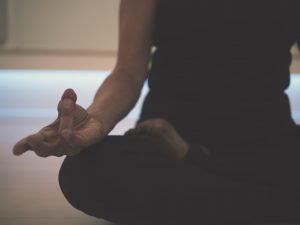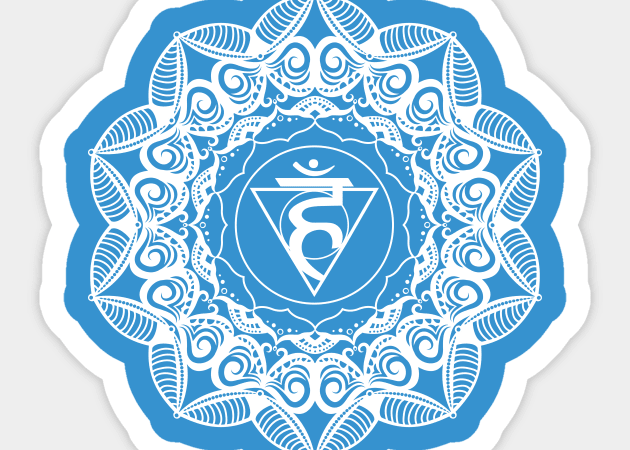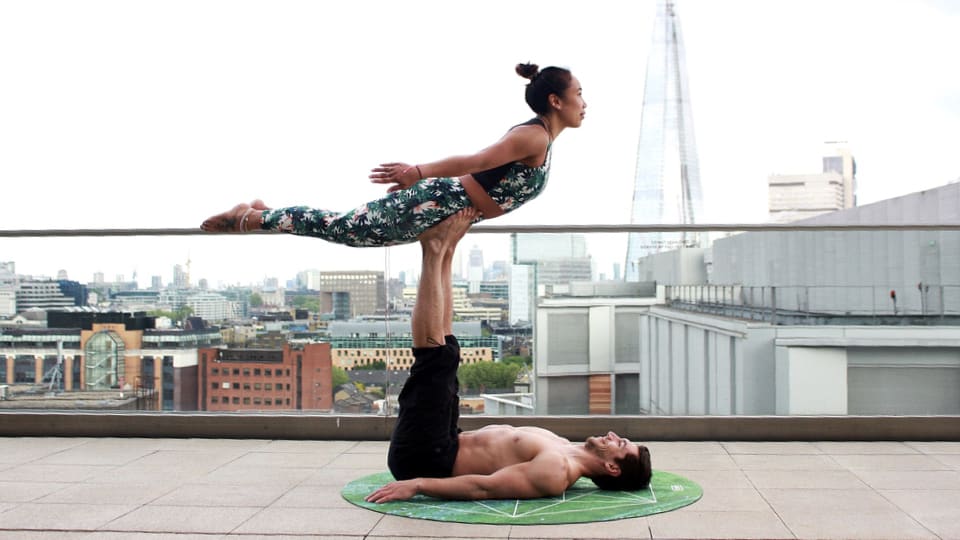We all know how yoga is beneficial for our health, But do we know what is the history of yoga? Yoga is a Sanskrit word which is a spiritual practice or disciplines. The roots of yoga is originated in ancient India. Yoga is one of a Hindu philosophical tradition among six orthodox schools of ancient India. This is a Hindu spiritual practice that includes breath control, mediation, and other postures that lose weight and, better your health by getting rid of stress. This practice can cure autism, asthma and even cancer. Yoga deals with a variety of health issues, like it improves your sexual health, improves your stamina, helps you to lose weight, and even cures migraines and insomnia. Yoga not only a weight loss solution or a Fitness regime it is a way of life that improves your mental wellbeing.
If we look back to pre-Vedic Indian tradition we can figure out the origins of Yoga. In the Rigveda, yoga is mentioned that developed around 6th and 5th centuries BC. Yoga is also mentioned in some texts of Upanishads. We came to know about Yoga from The Yoga Sūtras of Patañjali is a compiled knowledge by sage Patanjali who collected knowledge about yoga from older traditions in 400 CE. So let’s know more about the history of yoga.

Table of Contents
History Of Yoga:
The history of yoga is a subject of debate due to it is transmitted orally from the sacred texts and the secretive teachings. So let’s know about the history of yoga.
Pre-Vedic India [Indus Valley Civilization (3300–1900 BCE)] :
Some state that yoga is originated in the Indus Valley Civilization. Marshall, Eliade and other scholars say that in Indus Valley Civilization sites the Pashupati seal discovered that depict figures resembling a common yoga or meditation pose. That’s why scholar believes that yoga originated in 3300-1900 BCE.
Vedic period (1700–500 BCE):
Some researcher says that the origin of yoga is in the Vedic period. As this time Veda was originated. We found that yoga was mentioned in Vedas and the Vedas is the ultimate source of all spiritual knowledge and traditional Hinduism.
Pre-classical era (500–200 BCE):
The term “yoga” made its initial appearance in the Rig Veda, the oldest among sacred texts. The Vedas, a compilation of hymns, mantras, and rituals, were intended for use by the Vedic priests known as Brahmans. One of the most esteemed Yogic scriptures, the Bhagavad-Gita, was composed around 500 B.C.E.
Classical Yoga (200 BCE – 500 CE):
In the pre-classical stage, yoga was a jumble of various ideas, beliefs and techniques that often conflicted and contradicted each other. The Classical yoga period is defined by Patanjali’s Yoga-Sûtras, the first systematic presentation of yoga,This is often called “classical yoga”. Patanjali organized the yoga practice into an “eight limbed path” containing the steps and stages towards gaining Samadhi or enlightenment. Patanjali is considered as the father of yoga and his Yoga-Sutras influence most posture of modern yoga.
Modern Period:
Yoga masters began to travel to the West, In the late 1800s and early 1900s to attract attention and followers. In the year 1893, Swami Vivekananda grabbed attention with his lectures on yoga and the universality of the world’s religions at Parliament of Religions in Chicago. In the 1920s and 30s, Hatha Yoga was strongly promoted in India by T. Krishnamacharya, Swami Sivananda and other yogis practising Hatha Yoga.
The first Hatha Yoga school was opened by Krishnamacharya in Mysore in 1924. And in 1936 on the banks of the holy Ganges River Sivananda founded the Divine Life Society.




